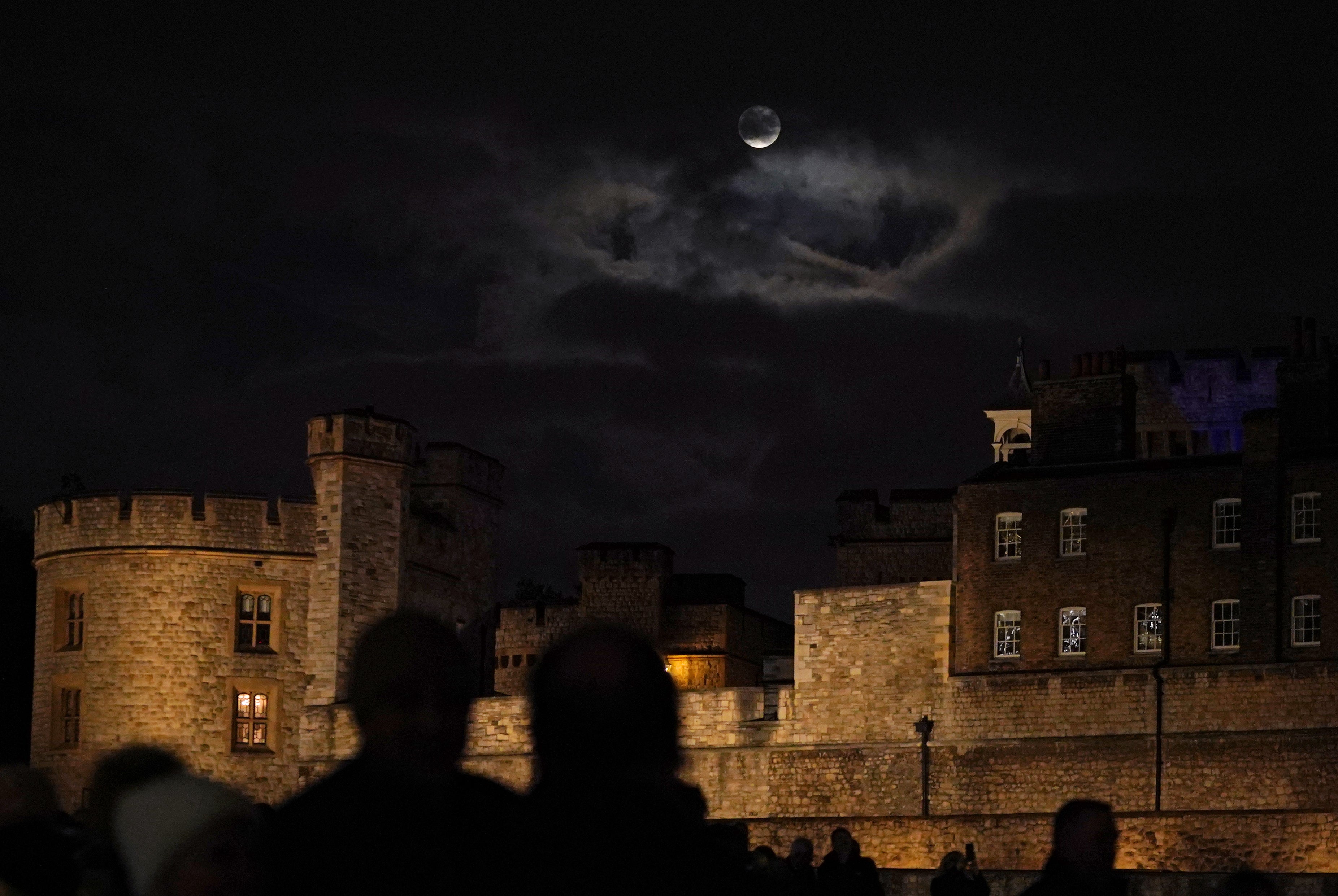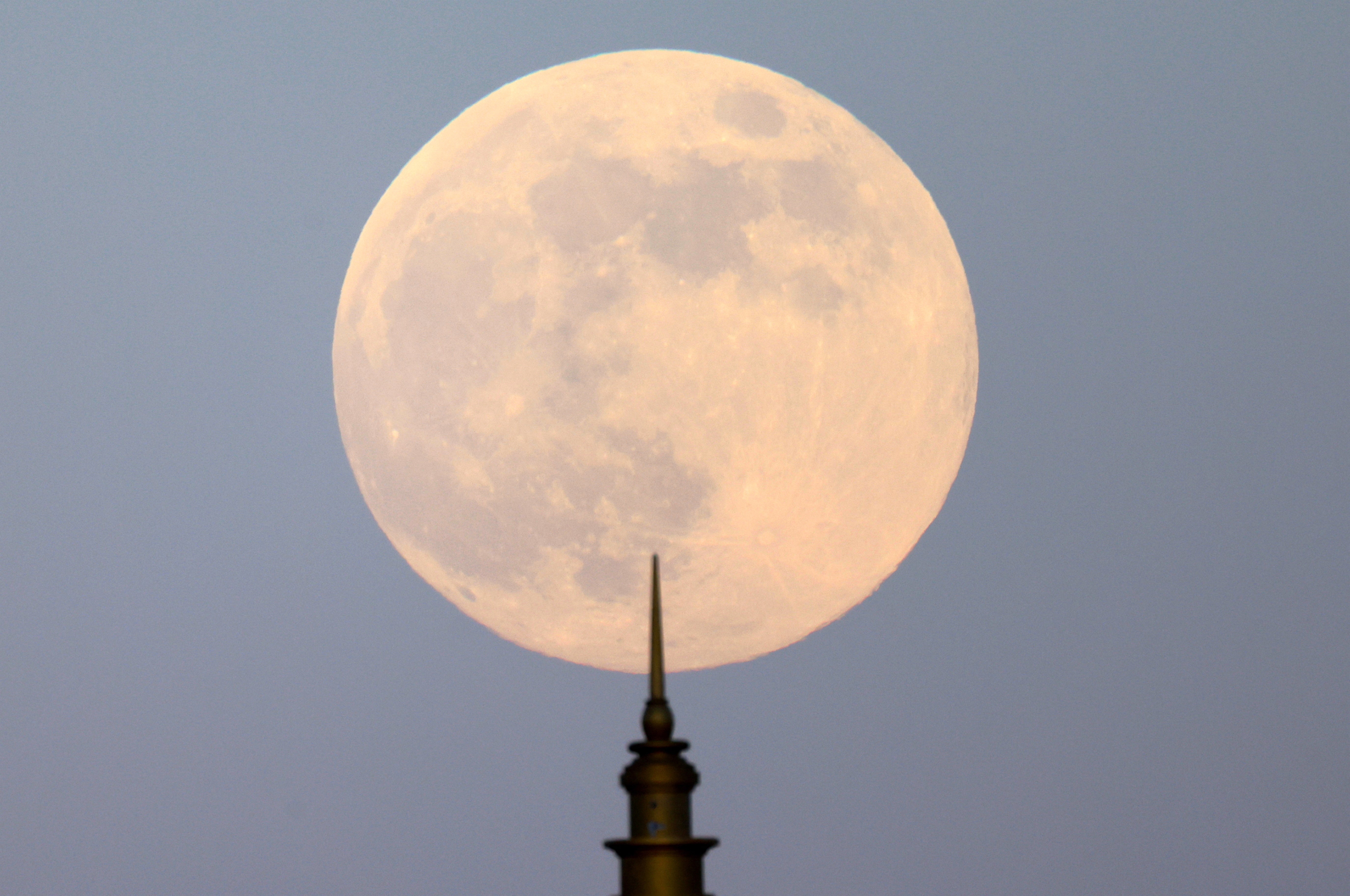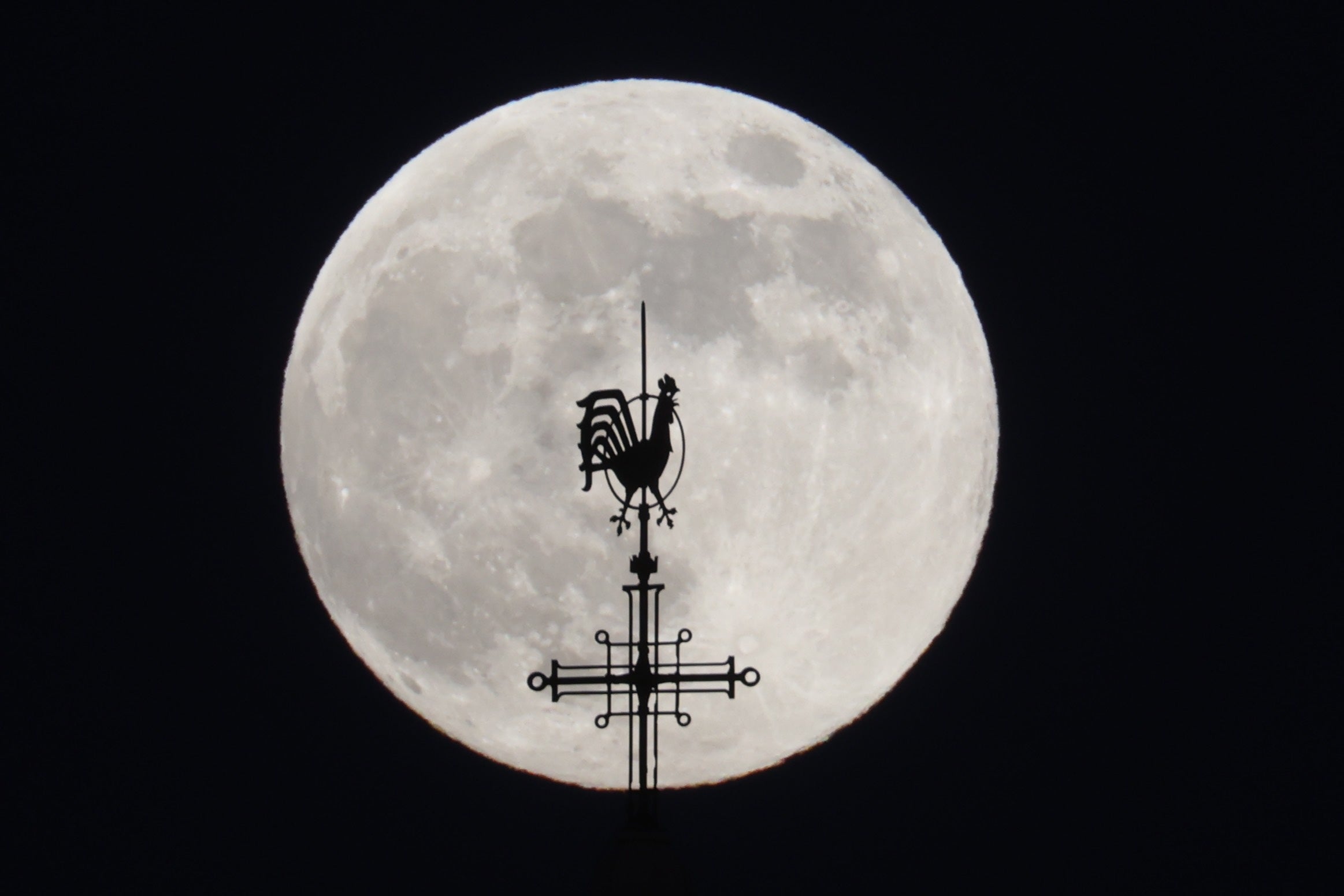Spectacular Beaver Moon spotted across UK in last chance to see supermoon this year
Stunning photos captured over the world as Friday’s full moon makes dazzling appearance

Your support helps us to tell the story
From reproductive rights to climate change to Big Tech, The Independent is on the ground when the story is developing. Whether it's investigating the financials of Elon Musk's pro-Trump PAC or producing our latest documentary, 'The A Word', which shines a light on the American women fighting for reproductive rights, we know how important it is to parse out the facts from the messaging.
At such a critical moment in US history, we need reporters on the ground. Your donation allows us to keep sending journalists to speak to both sides of the story.
The Independent is trusted by Americans across the entire political spectrum. And unlike many other quality news outlets, we choose not to lock Americans out of our reporting and analysis with paywalls. We believe quality journalism should be available to everyone, paid for by those who can afford it.
Your support makes all the difference.A spectacular supermoon has been spotted across parts of the UK in what is the last time to see the phenomenon this year.
Stunning photographs of the Beaver Moon have been captured over the world as it made a dazzling appearance on Friday evening.
It marks the fourth supermoon of the year – and the last time to see the phenomenon until November next year.

However, Friday’s full moon, which was rising just after 3.30pm, is further away from Earth than the previous two – September’s Harvest Moon and October’s Hunter’s Moon – and by some astronomers’ definitions it is not actually a supermoon.
Dr Edward Bloomer, senior astronomy manager at Royal Observatory Greenwich, said: “The supermoon definition is not particularly strict.
“The general rule that most people adhere to, although astronomers like to argue about this, is that it is within 10 per cent of its closest approach to Earth.”

Another definition for a supermoon is that it has be within 360,000 kilometres of Earth.
Ahead of its appearance, Dr Bloomer said that Friday’s Beaver Moon was going to be “nice and bright” and should be “pretty easy” to spot as long as the weather “holds out”.
To catch a glimpse, Dr Bloomer advises giving your eyes time to adjust to the dark by avoiding looking at phones and staying away from streetlamps.

Dr Darren Baskill, physics and astronomy lecturer at the University of Sussex said full moons are higher in the sky as winter approaches, which makes them more prominent.
The full moon’s name is given to reflect what is happening in nature during the month in which the full moon appears.
Dr Baskill said: “Beavers are most active at dawn and dusk and they can be seen beavering away overnight by the light of this aptly named full moon.”

After tonight’s Beaver Moon, the next supermoon will not be until 5 November 2025.
Earlier, Met Office spokesperson Grahame Madge said those in southern England would have clearer skies and so the best chances for seeing the supermoon – although fog is likely to develop there later in the evening.
He continued: “Viewers in other areas may have opportunities as clouds break.
“Viewers in the Northern Isles may also have a good chance as clearer skies associated with the drop in temperature will aid viewing.”
Join our commenting forum
Join thought-provoking conversations, follow other Independent readers and see their replies
11Comments